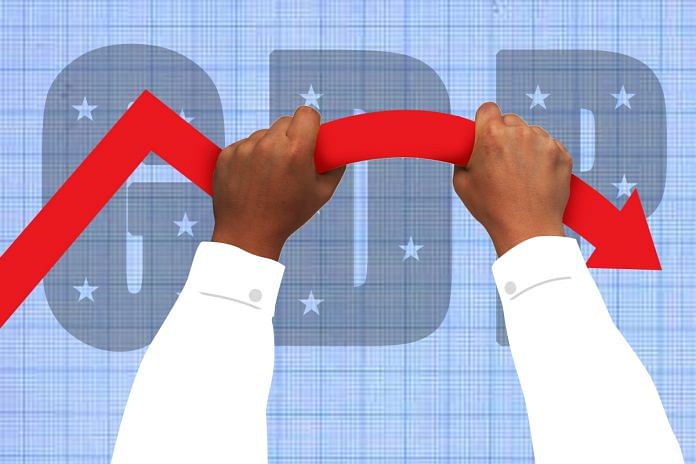The NITI Aayog has some explaining to do if the charge of official statistics having gone political is not to gain currency.
Back in 2007, the then US ambassador in China met Li Keqiang, who at the time was Chinese Communist Party secretary for Liaoning and is now China’s prime minister. Li told the envoy that the GDP (gross domestic product) numbers were unreliable, and that he went by three real-sector indicators: Railway cargo volume, electricity consumption, and loans disbursed by banks. Building on that, The Economist magazine constructed a Li Keqiang Index. Subsequent analysis showed that the index was more relevant than GDP for almost every commodity and currency.
Has the time come for observers of the Indian economy to construct an Indian version of the Li Keqiang index? The question arises because of the controversy over the revised GDP numbers put out earlier this week. These numbers sharply downgrade economic growth for most of the period that Manmohan Singh was prime minister, bringing down average growth during his 10 years to lower than what it has been under Narendra Modi. The finance minister, Arun Jaitley, said subsequently that this removed the last claim that could be made for the Singh government, in a comparison with its successor.

Whatever the claims about the new GDP numbers being technically superior to earlier estimates (and they may well be so), their public credibility depends on their passing the smell test, and a reality check. On the latter, the new numbers fail when viewed against the economy’s concurrent “real” numbers. And a smell test would look at, say, growth in the boom year of 2007-08: Downgraded now to 7.7 per cent from the earlier 9.8 per cent. That is only a notch above the growth figure for the very troubled 2013-14, at 6.4 per cent. Surely, the difference in growth between boom and crisis years cannot have been just 1.3 percentage points.
It has been claimed in defence of the new numbers that corporate profits may not be a reliable indicator, since more money went as wages in the most recent period. This is hard to believe, since the general experience is that salary hikes were bigger in the boom years of the first Singh government than subsequently. It is also logical to assume that when companies do well, they hand out bigger pay cheques. Nor can the informal economy have made up for the slack in the formal economy, given the disruption caused by first demonetisation and then the introduction of the goods and services tax.
Also read: Revised back-series GDP data poses a problem for SBI – how did we really perform?
There is, then, the inconvenient fact that the same exercise, done in 2015 for the last two years of the Singh government, had significantly raised the growth rates for those years; now a similar exercise for the years prior to that results in a downgrade! Meanwhile, professional economists have pointed to inconsistencies, such as between nominal and real (i.e., adjusted for inflation) numbers. The nominal figures show little change from earlier, it is the real numbers that dip sharply. Ordinarily, according to expert opinion about such exercises, the real numbers would end up higher. So does the trick lie in the manner of inflation adjustment?
There is no getting away from the conclusion: As with the dodgy claims on employment generation (also midwifed by the NITI Aayog), the government’s think-tank has some explaining to do if the charge of official statistics having gone political is not to gain currency.
By Special Arrangement with Business Standard




There would be no need to go through these calisthenics if each year’s growth was regarded as the achievement of all Indians, not of the government of the day.